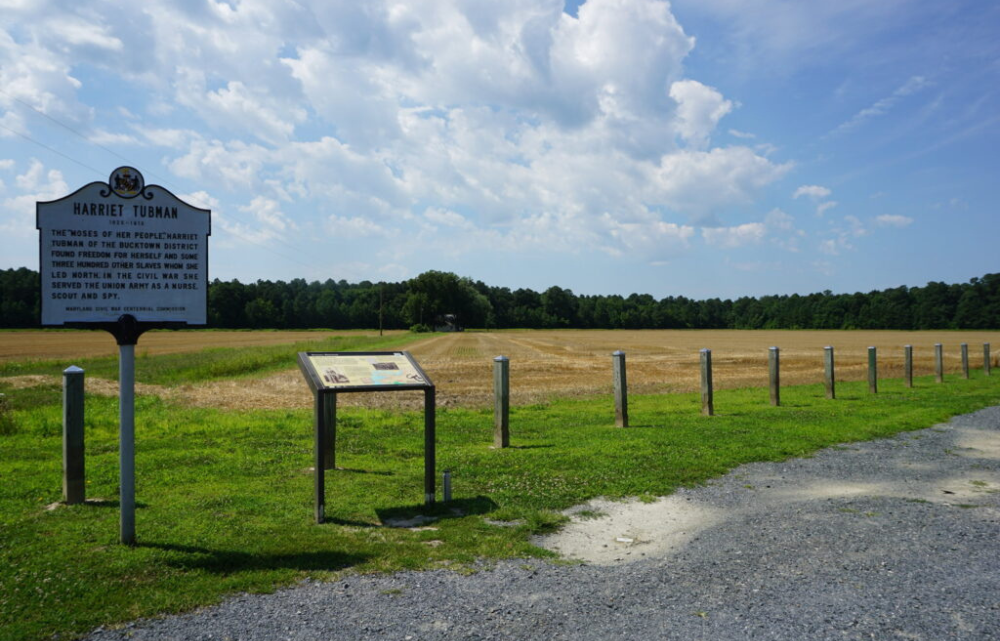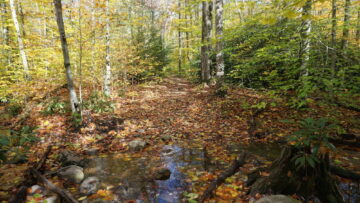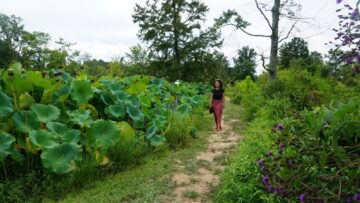The Harriet Tubman Underground Railroad Byway is a self-guided driving tour that stretches from Dorchester County in Maryland’s Eastern Shore, where Harriet Tubman was born and raised, to Philadelphia. Stops along the byway tell Tubman’s story, the stories of free Blacks, enslaved people seeking freedom, and the other underground railroad conductors who helped them find it.
To be able to see the places where such an amazing woman lived, worked, and struggled was incredibly powerful. It reminded me that this history is right in our backyards, closer than we think about in the course of our daily lives.

For road trip lovers, I recommend “The Great American Road Trip” from Gestalten. The book covers 25 routes with all the cultural, historical, and practical information you need for the road. The chapter called “Bicycle America’s Renowned Route to Freedom along the Underground Railroad” takes you from Alabama all the way to Canada. It doesn’t pass through Maryland, so it offers an additional option for discovering UGRR history. Plus, some of my photos are featured! You can purchase the book here.
Harriet Tubman Underground Railroad Byway
Here are just a few highlights from the Harriet Tubman Underground Railroad Byway tour.
Dorchester County Visitor’s Center

This is where the tour begins. If you haven’t downloaded or ordered your driving tour guide and map, this is the place to pick them up. It also has a beautiful view of the Choptank River and boardwalk, where you might catch a sunset.
Dorchester County Courthouse
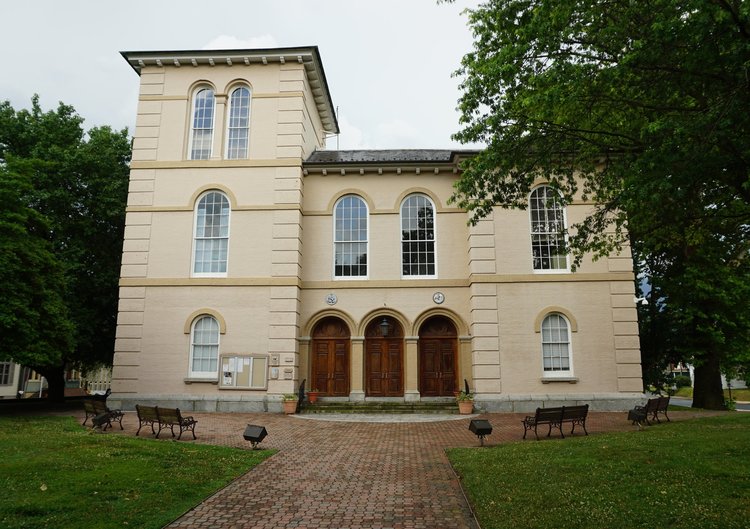
Slaves were auctioned off in front of this courthouse. Harriet Tubman’s niece, Kessiah, and her two children escaped the auction block when Kessiah’s husband, a free Black man, outbid the others and escaped with his family before anyone could collect payment. They then met Harriet Tubman in Baltimore and she led them to Philadelphia.
Other interesting pieces of history took place at this courthouse. They include public executions and a 1960’s bombing that took place while a Black Panther member stood trial.
Long Wharf

Today, Long Wharf is a serene place for boats to dock and for visits to the Choptank Lighthouse. But historically, it’s where ships from Africa and the West Indies brought slaves to sell.
Stanley Institute
The Stanley Institute is the oldest intact one-room schoolhouse in Dorchester County owned and operated by the local Black community. It operated until 1966. Its location is also in the area where 44 slaves successfully escaped from farms in 1857. That escape was called the “Stampede of Slaves” by newspapers.
We didn’t think we’d be able to enter the schoolhouse, so we stopped by the roadside for a quick look. Luckily, a woman named Shirley saw us as she drove by and asked if we wanted to go inside. It turns out she attended school there during segregation. She told us how her teacher taught children of all ages in that one room and ran everything on her own.
One of my favorite parts of traveling is when you happen to run into someone with personal, historical knowledge. It makes history even more real and reminds you how closely connected we are with the past.
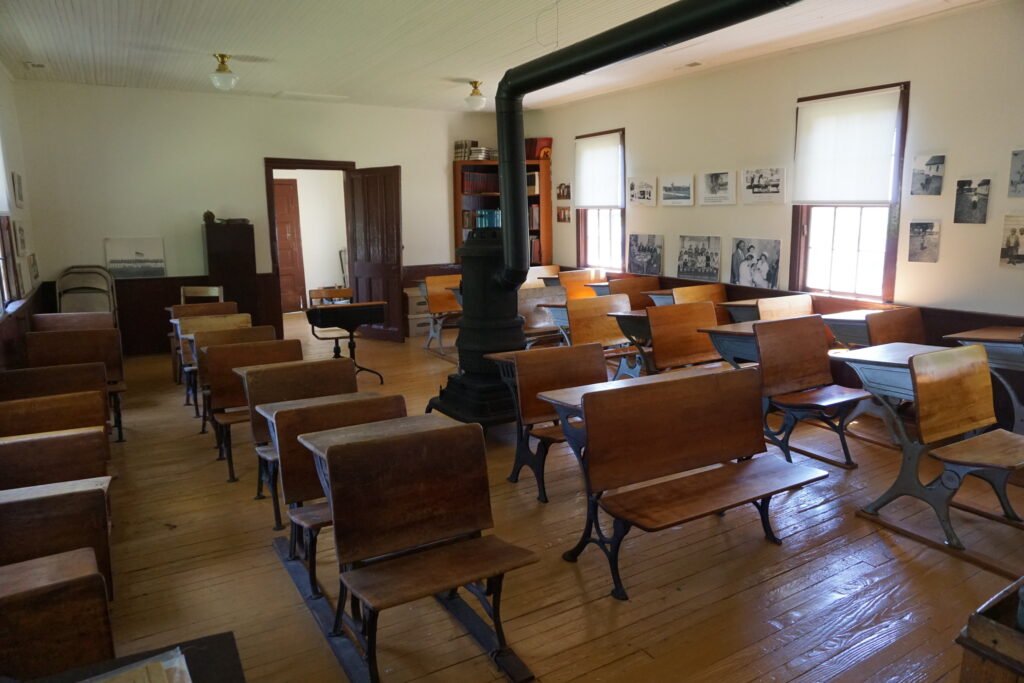
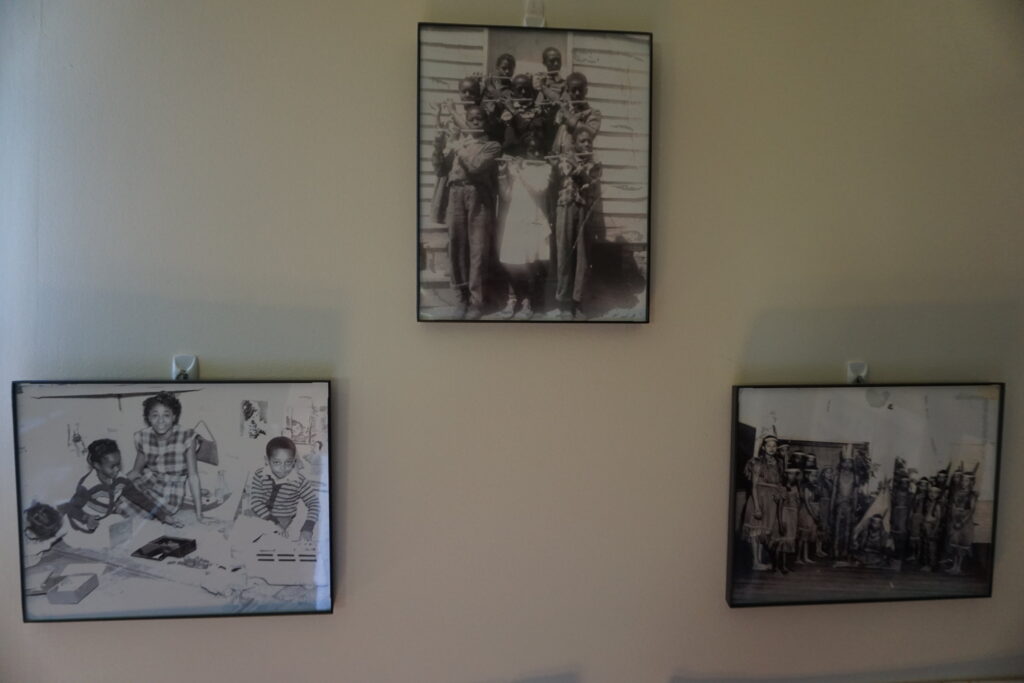

Harriet Tubman Underground Railroad State Park and Visitor Center
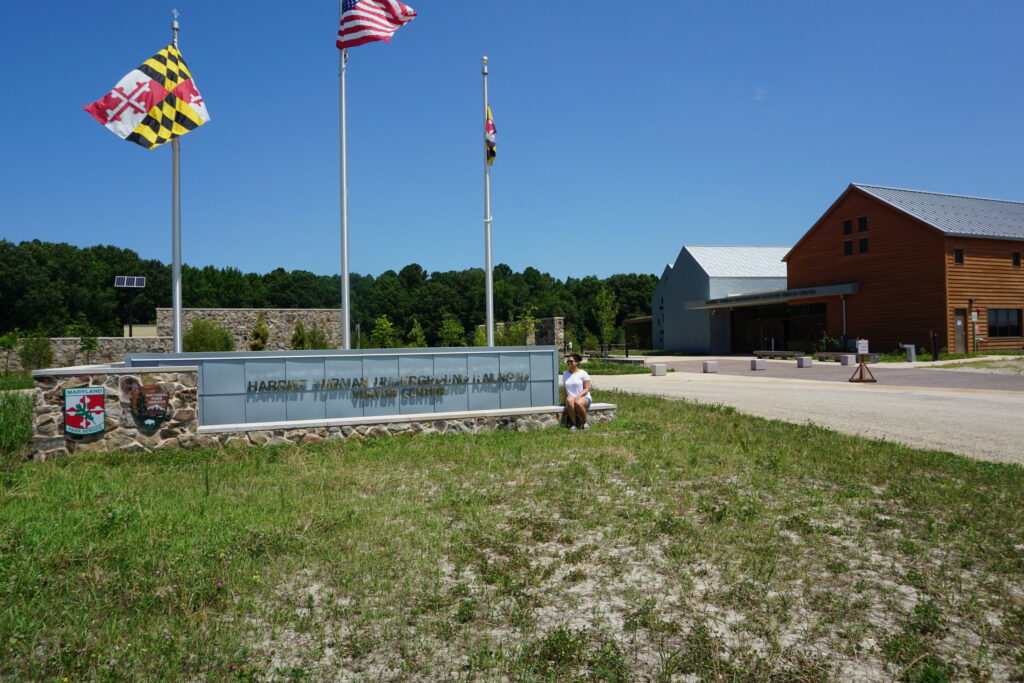
Opened in 2017, the Harriet Tubman Underground Railroad State Park and Visitor Center is beautifully designed. It includes an exhibit that tells the story of Harriet Tubman’s life, a theater, and a gift shop. I often skip the gift shop, but this one has a great selection of books on Black history. I also bought a National Parks Passport and got my first cancellation stamp at the state park.
Blackwater National Wildlife Refuge
Despite the July heat, I could have stayed on this wildlife refuge for hours. You can walk trails or take the Wildlife Drive to view the scenery. I did a bit of both. Along the drive we saw herons, egrets, turtles, red-winged blackbirds, deer, and noises from a lot of unidentified wildlife. The beauty and vastness of the wilderness mixed with the history of slavery made this experience a unique and meaningful one.
The refuge is part of the Tubman byway tour because the land is preserved and unaffected by development. So it shows the kind of terrain Harriet Tubman and others had to work and possibly navigate to escape slavery. As a child, Tubman was sent into the marshes in the dead of winter to trap muskrats with no boots or proper clothing. Years of work familiarized her with the land and that knowledge later served to guide herself and others to freedom.

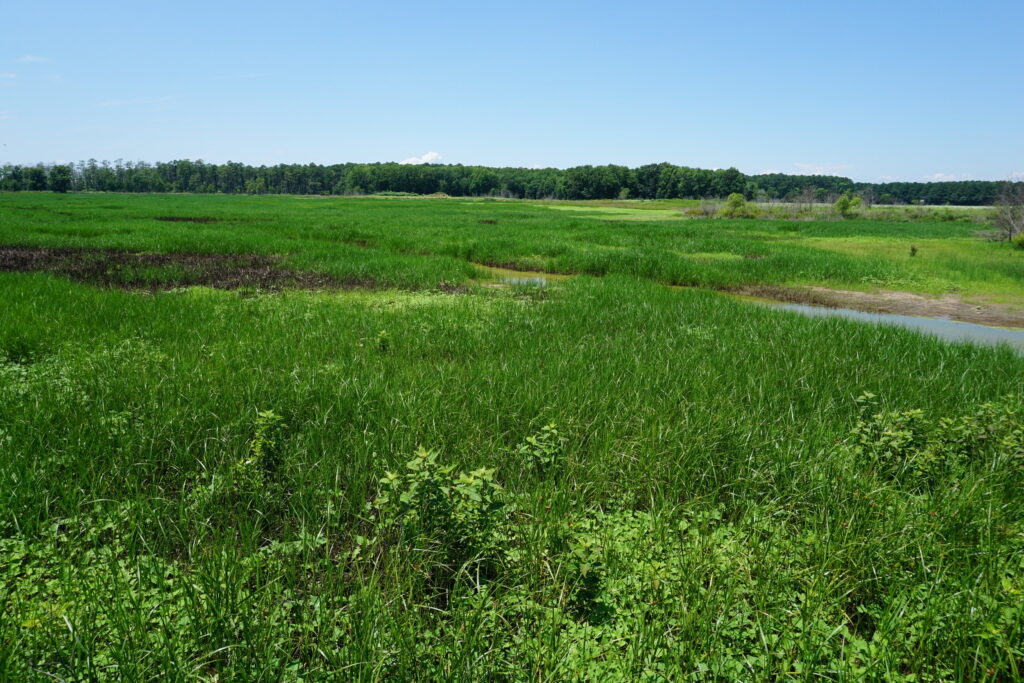
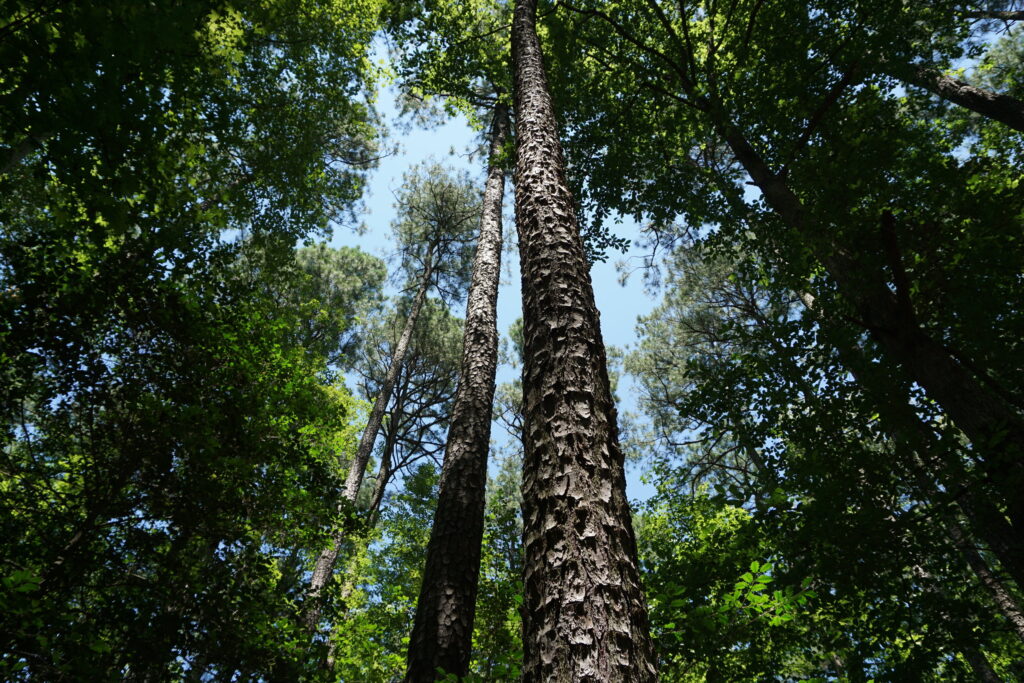
Brodess Farm
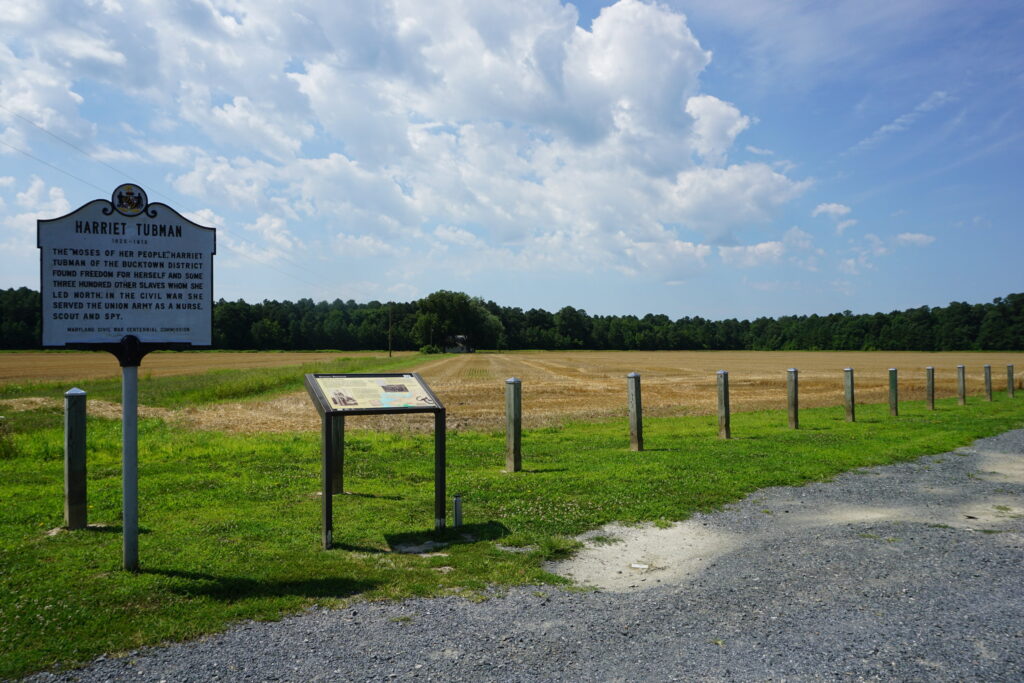
At this site, the home of Edward Brodess, Harriet Tubman’s owner, used to stand. She lived and worked here in her early years before Brodess moved them to another of his farms. Brodess often hired his slaves out to other farmers in the area, separating Harriet from her mother for most of their time here.
Webb Cabin
The Webb Cabin was built by James H. Webb, a free Black farmer, around 1852. He lived here with his enslaved wife and four children. Inside the cabin you can see the original logs Webb used (the exterior siding was added to preserve the original logs) and a “potato hole” where escaping slaves could be hidden.
If you visit the Mount Pleasant Cemetery, where the Webbs’ church used to stand, you will find a corner of the graveyard where many Webbs are buried, including James H. Webb and his wife. Unfortunately, the graves are damaged and in disrepair, but it’s still worth a visit to experience a part of history.

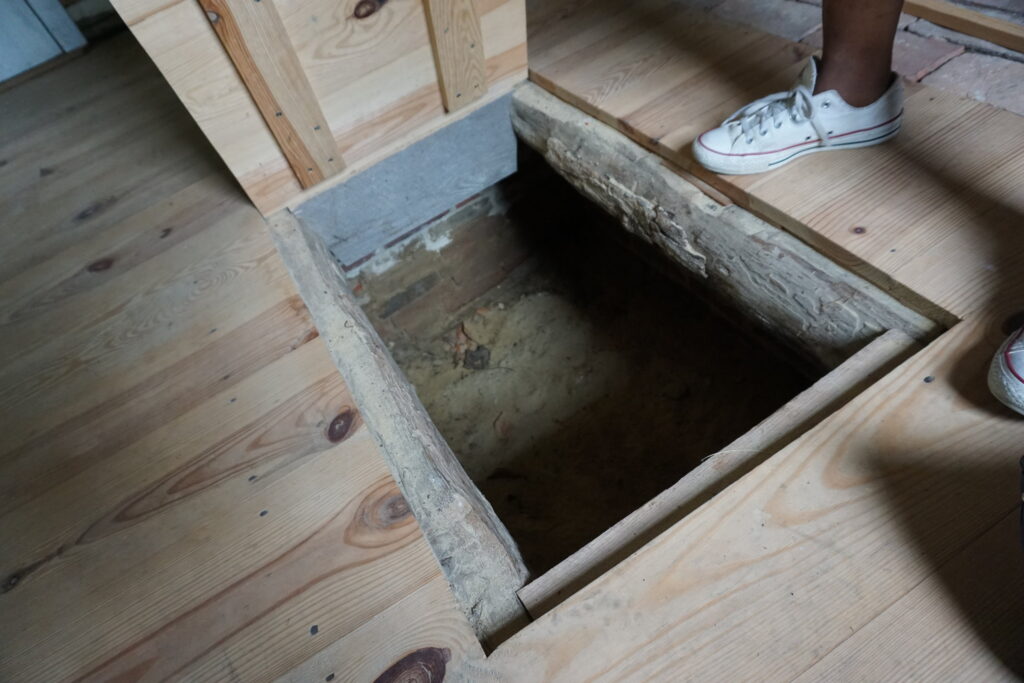

Tuckahoe Neck Meeting House
Sitting on a green space between a truck lot and a post office is a Quaker meeting house built in 1803. Its members were part of the local Underground Railroad network and it was one of five Quaker meeting houses in Caroline County whose members provided support and shelter to escaping slaves. Abolitionist Hannah Leverton spoke here and was married here.
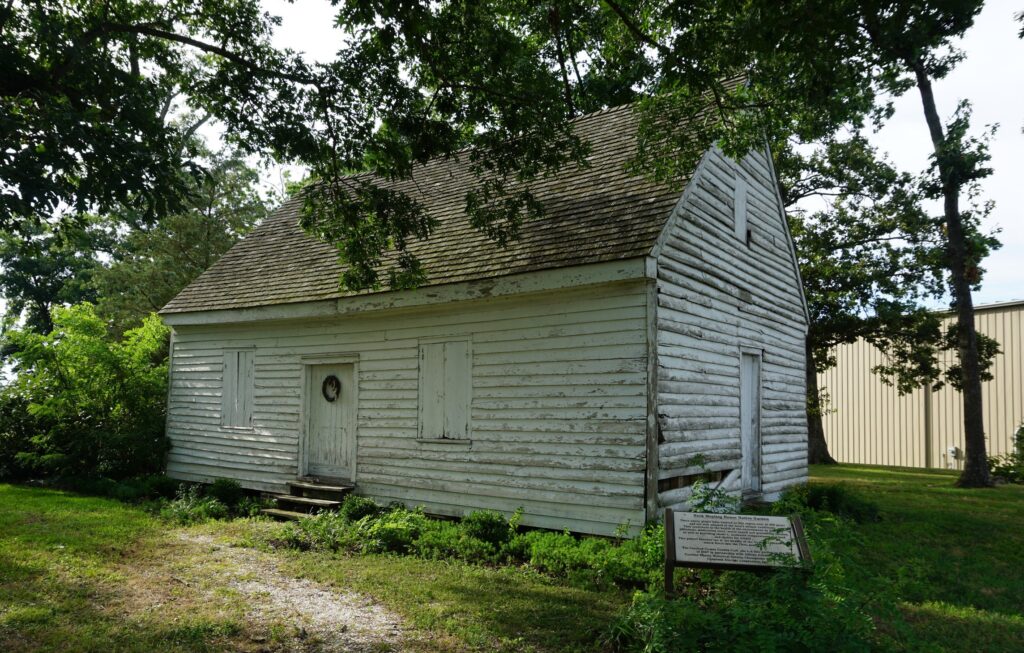
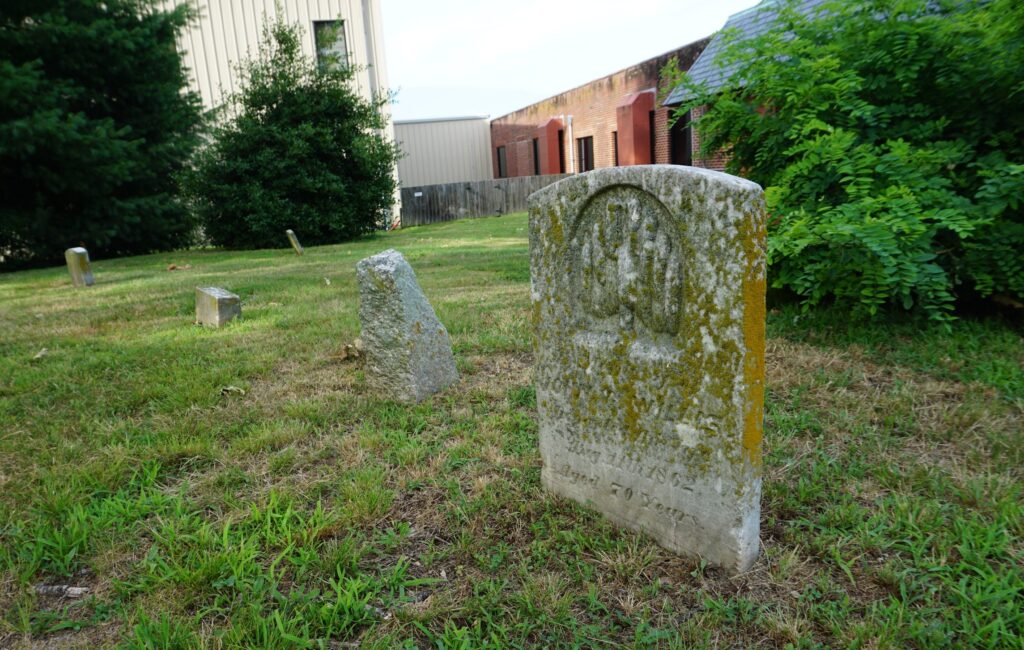
I highly recommend that everyone take this tour. There’s a huge need in this country for this type of education, since many people choose to ignore or minimize the ugliest parts of American history.
The byway was fully completed in 2018. I went in 2017, so some stops, like the William Still Family Interpretive Center, were not fully constructed. Still, this was an amazing experience and I plan to return to visit the stops I missed, including the ones in Delaware and Philadelphia. By now, the entire byway is completed and ready for more visitors.
If you liked this, check these out:
5 Things to Do in Annapolis, Maryland
Home of the Blues: Discovering Clarksdale, Mississippi
Richmond, Virginia: Exploring American History & Art in a Weekend
Pin It for Later:

